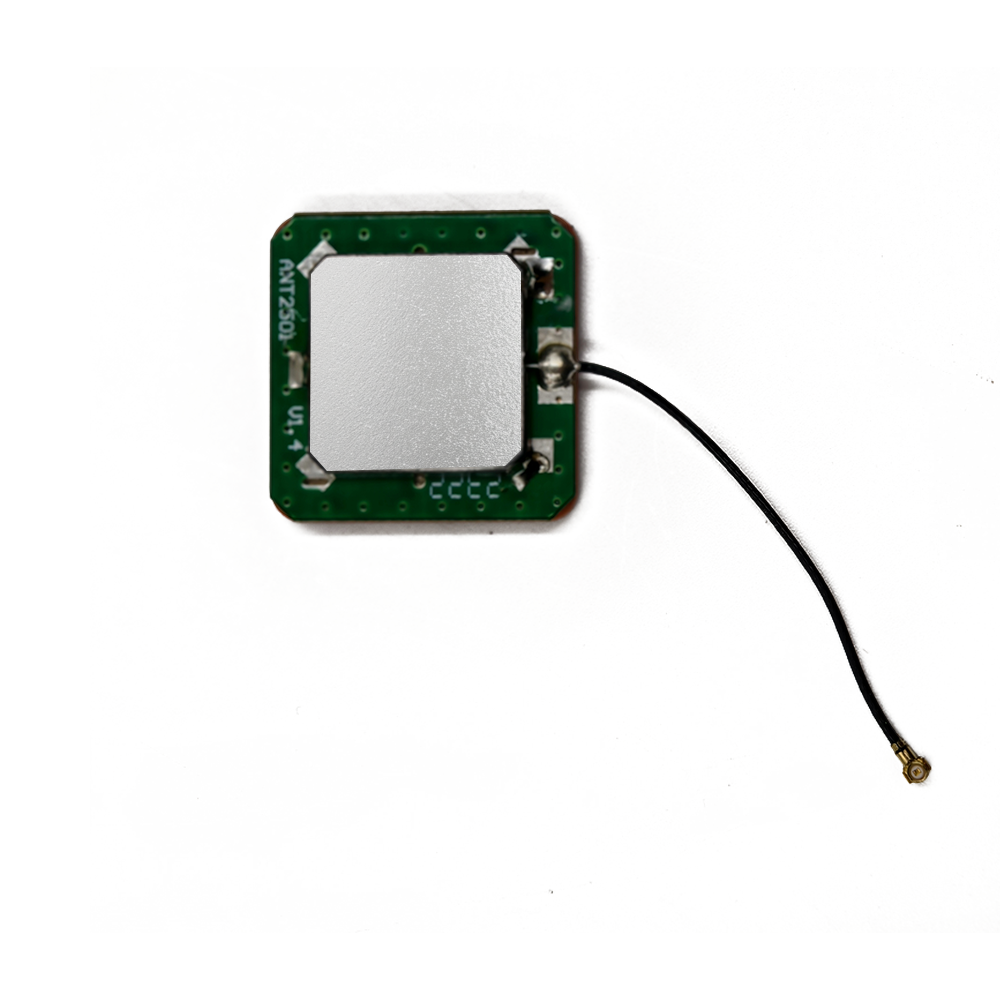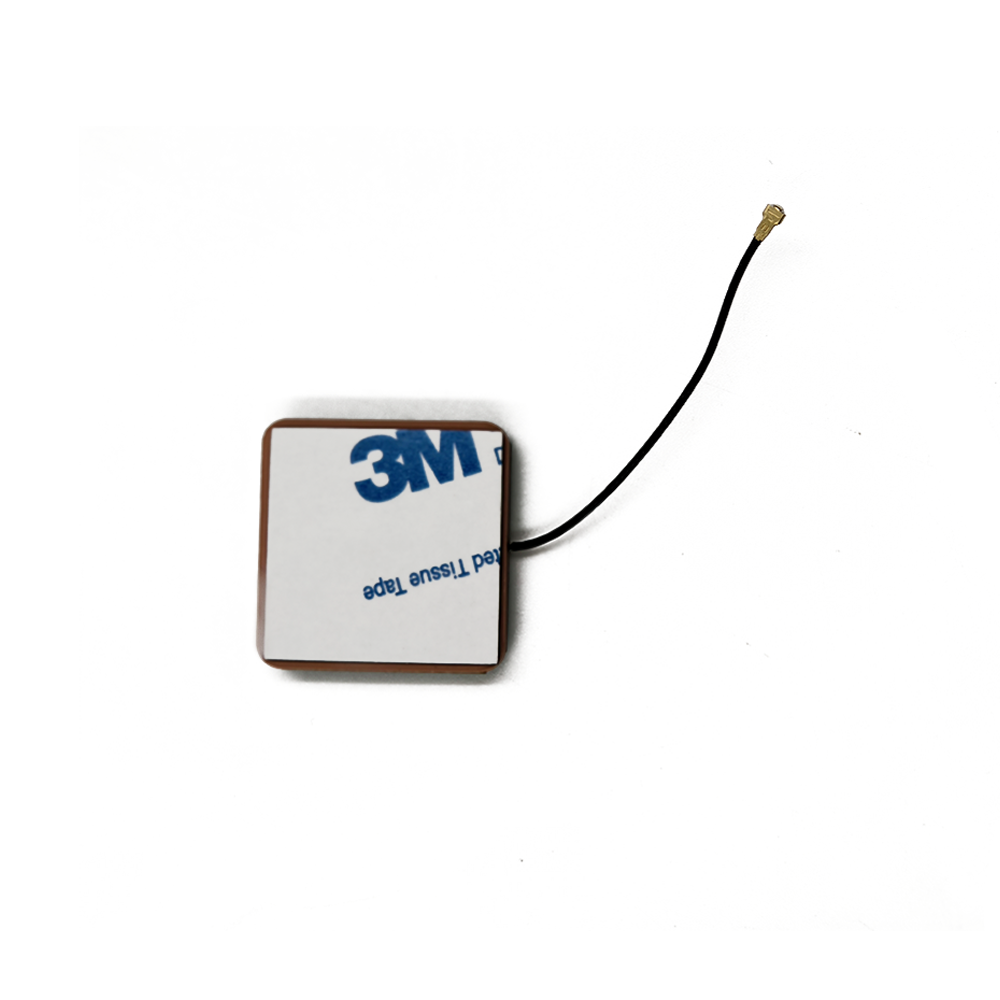The compact active ceramic patch antenna module is not a technology developed in isolation; it is an enabling component that has found its way into the heart of a breathtakingly wide array of applications. Its unique value proposition—high performance in a tiny, integrable form factor—has made it indispensable to the global push for connectivity and location intelligence. Concurrently, ongoing technological advancements are continuously expanding its capabilities and opening new frontiers.
Current Applications:
Consumer Electronics: This is the highest-volume application domain.
Smartphones and Tablets: Ubiquitous for navigation apps, location-based services, geotagging, and emergency services (E911).
Wearable Devices: Fitness watches, sports bands, and pet trackers use these modules for accurate distance, pace, and route tracking without tethering to a phone.
Cameras and Drones: Drones rely on GNSS for stabilization, autonomous flight, navigation, and return-to-home functions. Action and digital cameras use it for geotagging photos and videos.
Personal and Asset Trackers: Compact modules are ideal for tracking children, elderly people, pets, luggage, and high-value assets in logistics.
Automotive and Telematics:
Telematics Control Units (TCUs): The core of modern fleet management, usage-based insurance (UBI), and stolen vehicle recovery systems. They track location, speed, idling time, and harsh driving events.
In-Vehicle Infotainment (IVI) Systems: Provide turn-by-turn navigation and connected services.
Advanced Driver-Assistance Systems (ADAS): GNSS data is a key sensor input for ADAS features, providing absolute location and velocity data that is fused with camera, radar, and lidar data for functions like adaptive cruise control and collision avoidance. It is a critical component for future autonomous vehicles.
Industrial IoT and Machine-to-Machine (M2M) Communication:
Smart Agriculture: Precision farming equipment uses GNSS for guided steering, variable rate application of water/fertilizers/pesticides, and yield mapping.
Asset Monitoring: Tracking of shipping containers, railway cars, and industrial equipment across global supply chains.
Time Synchronization: Providing precise timing for network infrastructure, financial transactions, and energy grid management.
Micro-Mobility: Electric scooters and bikes use embedded GNSS modules for fleet management for rental companies, implementing geofencing to control parking areas, and providing anti-theft functionality.
Future Trends:
Multi-Band/Multi-Constellation Support as Standard: The future is undeniably multi-frequency (L1 + L5/E5a) to enable centimeter-level accuracy using advanced correction techniques like Real-Time Kinematics (RTK) and Precise Point Positioning (PPP). Future modules will be designed from the ground up to support wide bandwidths and multiple resonant modes efficiently, moving beyond being primarily L1-optimized.
Integration with Other Technologies (AiP and RF Front-End Modules): The trend toward greater integration will continue. We will see the rise of Antenna-in-Package (AiP) technology, where the ceramic antenna is integrated directly into the package of the GNSS receiver SoC (System on a Chip) or a larger RF Front-End Module (FEM) that also handles cellular connectivity. This will further reduce size, simplify design, and improve performance by eliminating interconnects.
Intelligent and Adaptive Systems: Future modules may incorporate a degree of intelligence. This could include built-in interference detection and mitigation circuitry that can dynamically filter or notch out jamming signals. Systems could also use multiple antennas (diversity) and algorithms to select the best signal or even perform basic beamforming to null out interference sources.
Enhanced Robustness and Security: As society becomes more dependent on GNSS, its vulnerability to jamming and spoofing becomes a greater concern. Future modules may incorporate features to harden against these attacks, perhaps through cryptographic authentication of signals or more advanced signal processing techniques to identify and reject malicious transmissions.
Focus on Ultra-Low Power Consumption: For the massive IoT market, where devices must run on batteries for years, power consumption is paramount. The next generation of LNAs will be optimized for ultra-low-power operation, potentially incorporating advanced power-gating techniques that only activate the amplifier when a signal is present, drastically extending battery life.
The compact active ceramic patch antenna module will continue to evolve from a simple receiver into a smarter, more integrated, and more robust subsystem. It will remain a fundamental building block for the next wave of technological innovation, enabling everything from fully autonomous transportation to a truly seamless and intelligent IoT ecosystem.
Conclusion
The compact active ceramic patch antenna module is a paradigm of modern engineering—a deceptively simple component that encapsulates a profound solution to a complex problem. It represents the culmination of advancements in materials science, semiconductor technology, and electromagnetic design, all focused on the singular goal of reliably connecting our Earth-bound devices to the faint signals from satellites in medium Earth orbit. Its development and proliferation have been a critical enabler of the location-aware revolution, transforming GNSS from a specialized tool into a ubiquitous utility.
As we have seen, its core value lies in its elegant integration. By marrying a miniaturized ceramic radiator with a low-noise amplifier and protective filtering into a single, surface-mount package, it solves the primary challenges of GNSS reception in small form-factor devices: weak signal strength, transmission line loss, and a noisy RF environment. This integration offers OEMs the priceless advantages of miniaturization, superior sensitivity, design simplification, and mechanical robustness, which explains its dominance in consumer and industrial markets.
However, this integration does not equate to autonomy. The module's performance is inextricably linked to its host environment. Its efficiency and bandwidth are deeply influenced by the PCB's ground plane, and its success can be compromised by poor system design that allows internal interference to run rampant. Therefore, it is not a magic bullet but a high-performance component that demands respectful and knowledgeable implementation.
Looking forward, the trajectory of this technology is clear. It will evolve to support the demanding requirements of high-precision navigation through multi-band capabilities, become even more deeply integrated into SoCs and RF modules, and grow smarter with features aimed at combating interference and improving power efficiency. It will continue to be a vital gateway to the GNSS constellations, forming a foundational pillar for the next generation of autonomous systems, smart cities, and the ever-expanding Internet of Things.
In conclusion, the compact active ceramic patch antenna module is far more than just an antenna. It is a sophisticated, self-contained RF subsystem that has democratized access to precise positioning and timing. It is a testament to the power of integration and a key technology that has quietly helped to weave location intelligence into the very fabric of our digital lives. Its continued evolution will be essential in navigating the challenges and opportunities of our connected future.




































































 Language
Language
 En
En Cn
Cn Korean
Korean

 Home >
Home > 







 18665803017 (Macro)
18665803017 (Macro)













